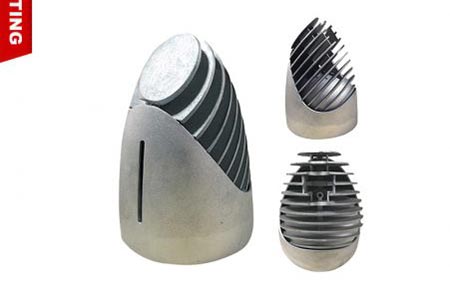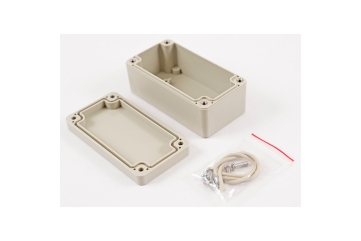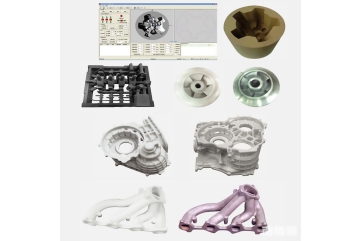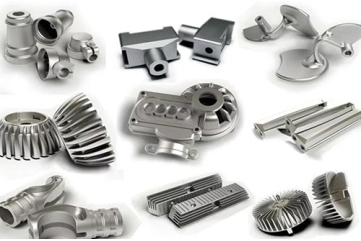What is the difference between a die and a mold in casting?
Die and mold are both used in casting processes, but they have some key differences:
Dies:
1. Material: Usually made of metal, often tool steel.
2. Durability: Designed for high-volume production and can withstand high temperatures and pressures.
3. Process: Used in die casting, which involves injecting molten metal under high pressure.
4. Complexity: Can produce more complex shapes with tighter tolerances.
5. Cost: Generally more expensive to produce than molds.
6. Lifespan: Longer-lasting, capable of producing thousands or even millions of parts.
7. Typical materials cast: Metals like aluminum, zinc, magnesium, and some copper alloys.
Molds:
1. Material: Can be made from a variety of materials including sand, plaster, ceramic, or even softer metals.
2. Durability: Often less durable than dies, some are single-use (like sand molds).
3. Process: Used in various casting methods like sand casting, investment casting, or plastic injection molding.
4. Complexity: Can handle simpler shapes, though some advanced mold techniques allow for complex parts.
5. Cost: Generally less expensive to produce than dies.
6. Lifespan: Can range from single-use to multiple uses, but typically not as many as dies.
7. Typical materials cast: Wide range, including metals, plastics, ceramics, and more.
The choice between a die and a mold depends on factors like the material being cast, production volume, part complexity, and budget. Dies are typically used for high-volume metal production, while molds offer more flexibility in materials and are often more suitable for lower volume or prototype production.





